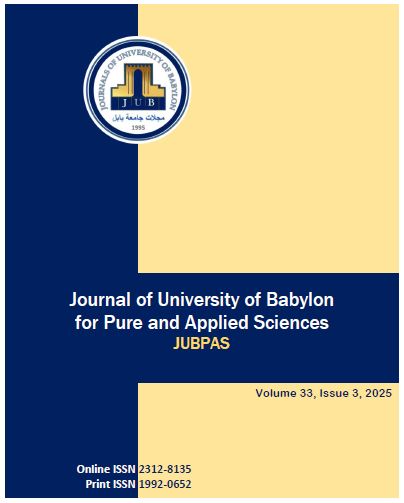Laser-Matter Interaction in Liquids: Performance Evaluation and Limitations
Main Article Content
Abstract
Background
Laser ablation in liquid (LAL) has developed into a multifaceted and effective method for nanoparticle production, material processing, and biomedical applications. This review critically examines the fundamental principles, mechanisms, and operational parameters influencing LAL outcomes. The technique offers several advantages, including the generation of ultrapure nanoparticles, precise control over particle size and composition, and the absence of chemical contaminants. Additionally, LAL enables in situ functionalization, making it highly desirable for advanced material synthesis. However, despite these benefits, the technique presents certain limitations, such as low production yield, high energy consumption, and challenges in achieving uniform particle size distribution. The complexity of the underlying physical and chemical interactions also poses difficulties in process optimization and reproducibility. This review provides a comprehensive discussion of LAL’s advantages and disadvantages, highlighting recent advancements and potential strategies for overcoming its limitations. Future research directions are also explored to enhance the efficiency and scalability of LAL for industrial applications.
Article Details
Issue
Section

This work is licensed under a Creative Commons Attribution 4.0 International License.
